Hey all! Real Farmer Jeff here.
Planting your seedlings outdoors at the right time of year is very important so you don’t accidentally kill them. The question of when to plant can be surprisingly hard to answer because of how much weather can fluctuate even in just your own local area.
Different plants have different requirements when it comes to planting times, and what works for one may not work for another. Warm-season crops like tomatoes, peppers, and squash need higher temperatures to thrive, while cool-season crops like spinach and lettuce prefer the chill of early spring or fall. Knowing the specific needs of your plants will help you time your planting just right.
As a general guideline, many people in the United States follow the advice to wait until after Mother’s Day to plant, which typically falls in mid-May. However, the exact time that you should plant depends on your local climate. Still, this rule of thumb is usually pretty accurate for most places.
It can be overwhelming to know what to do and when, so follow my simple guide and you’ll be just fine. Let’s dive in!

Finding Your Gardening Zone
The USDA releases a Plant Hardiness Zone Map that you can view here that will help you understand the climate of your location. It is common that gardeners on social media will display their gardening zones so that others automatically know how similar their climates are.
Knowing your gardening zone can also be helpful if you are looking up information on a public forum.
Your Exact Planting Calendar by Zip Code
An even more precise option is looking up your expected planting dates based on your zip code on Almanac.com. Just type in your zip code and their planting calendar will tell you when different varieties should be planted based on the last average expected frost date.
In my case, the planting calendar tells me that the last average expected frost date for my city is April 26th. It’s usually safest to wait two weeks after that date to plant most summer crops. However, if you wanted to be even safer you could wait a month, or risk it and plant sooner.
Additionally, many summer crops don’t like to be in weather below 50°F, so I recommend also checking the nightly temperatures. While 40°F isn’t technically freezing, tomato or cucumber plants would likely die at that temperature. Tomatoes prefer 70-90°F., but they can tolerate the 50’s or even 100s.
When to Plant Seeds Indoors
If you’re starting seeds indoors, you’ll need to calculate when to plant them outside and how long the seedlings will take to grow. You can generally expect seeds to need at least a month to grow into healthy seedlings. Luckily, the planting calendar I mentioned above also provides an estimate for when to start seeds indoors or outdoors, depending on your preferred method.
Keep in mind that for crops with long growing seasons, like tomatoes, you’ll need to start seeds indoors if you live in an area with colder winters. The time from seed to harvest may exceed the length of the gardening season.
The downside of starting seeds too early indoors is that they may grow too large, and even with grow lights, they might not receive enough light. Additionally, plants that are indoors (and in too small of trays or pots) for too long will become root bound. This means that the roots grow so much that they curl around the bottom of the container. While this won’t necessarily kill the plant, it will temporarily stunt its growth. Some people like to transplant their seedlings from a small seed tray into a garden pot as an intermediary step before eventually planting outdoors. This gives the plants more room to grow, and since the bigger pot would have more dirt, it would also give the plants more nutrients.
I mainly plant only my tomatoes from seed indoors. I will occasionally plant others that have growing seasons of 80+ days indoors. For the rest of my plants, I will either start those outdoors or buy transplants. Because of this, since I live in Utah, I plant to start my tomatoes inside during the second half of March so that I can grow them for 6-8 weeks before planting outdoors around mid-May.
Hopefully this helps give you more confidence in gardening, and knowing when to plant indoors vs. outdoors. You got this!
If you enjoyed this article, make sure to check out my other blog posts:
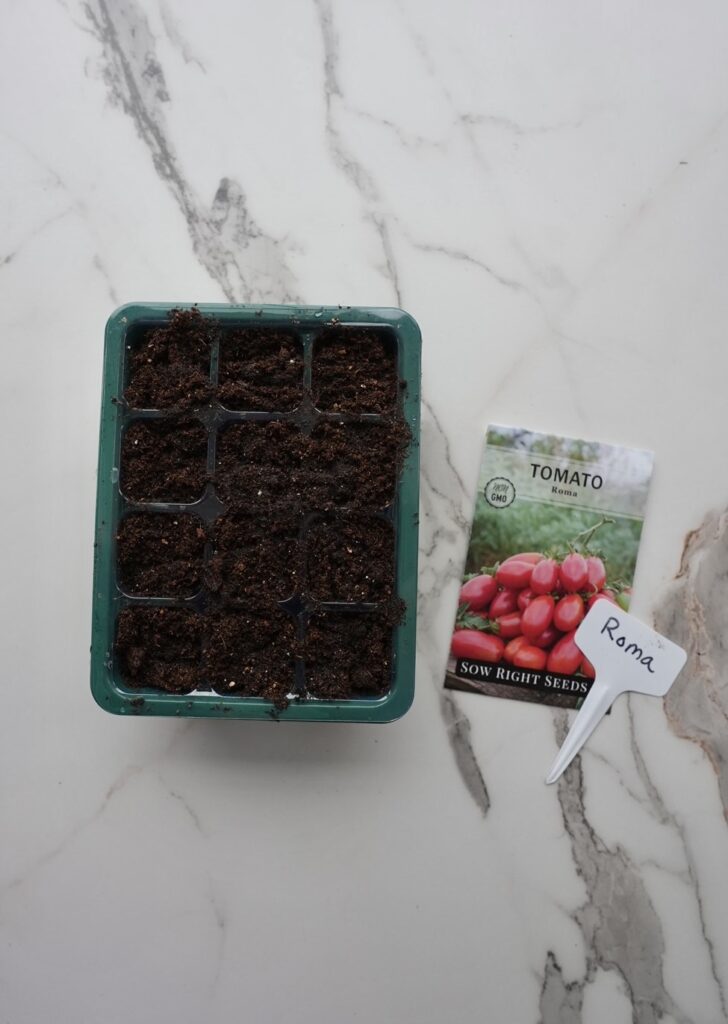

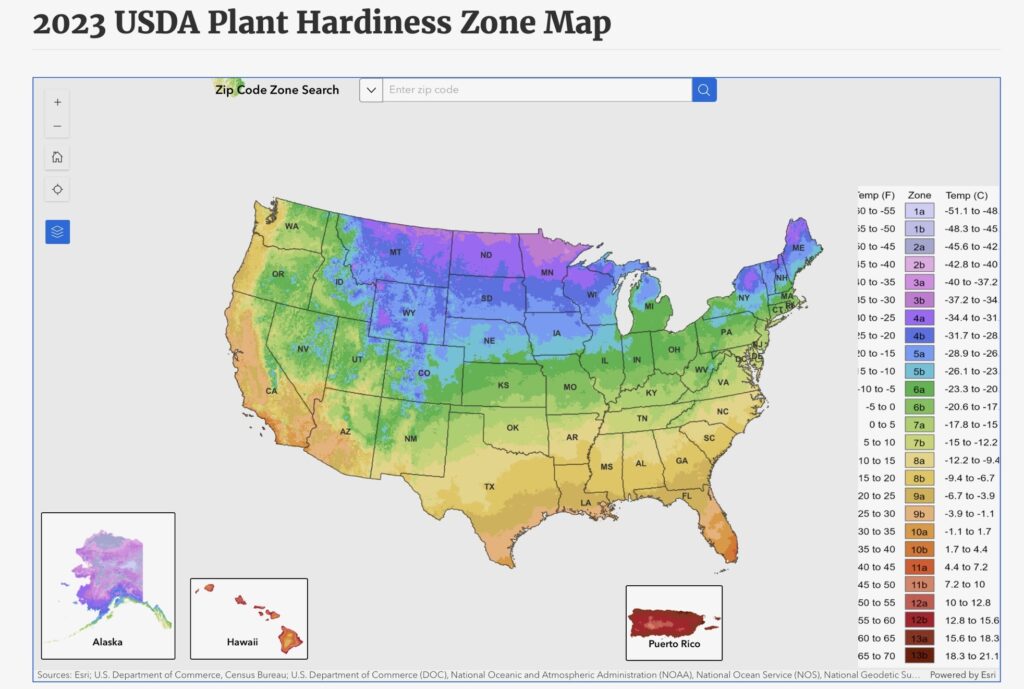

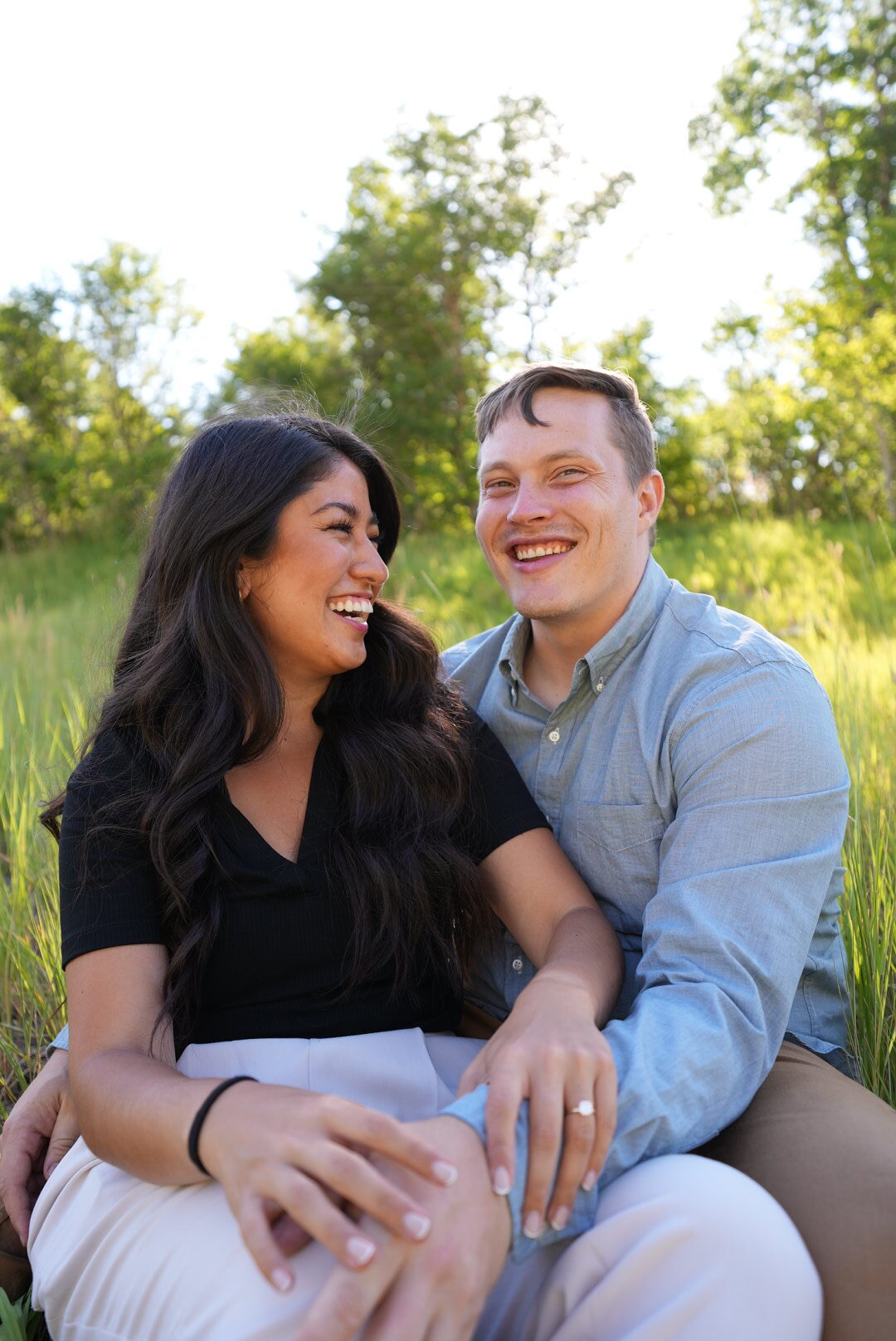



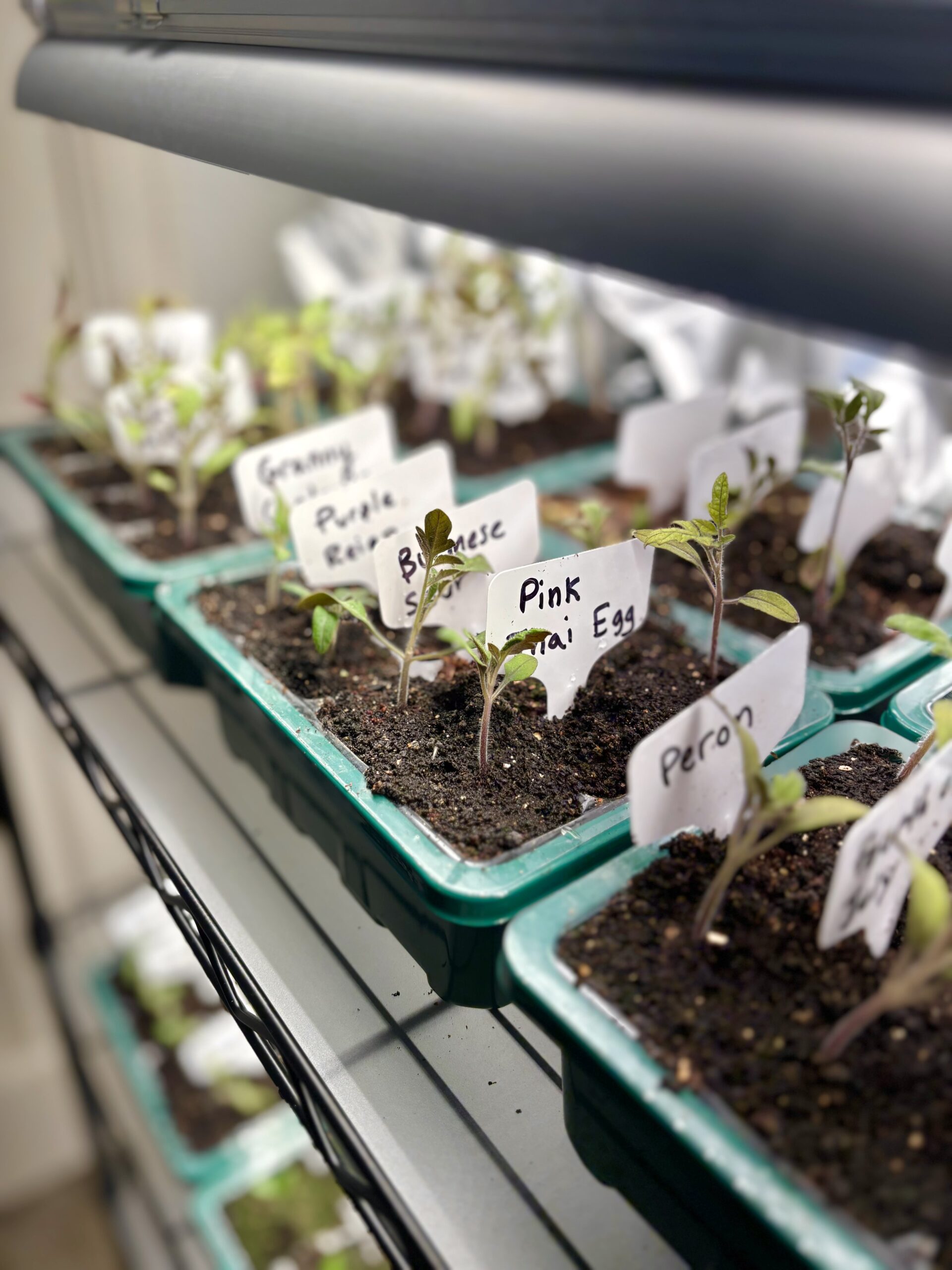
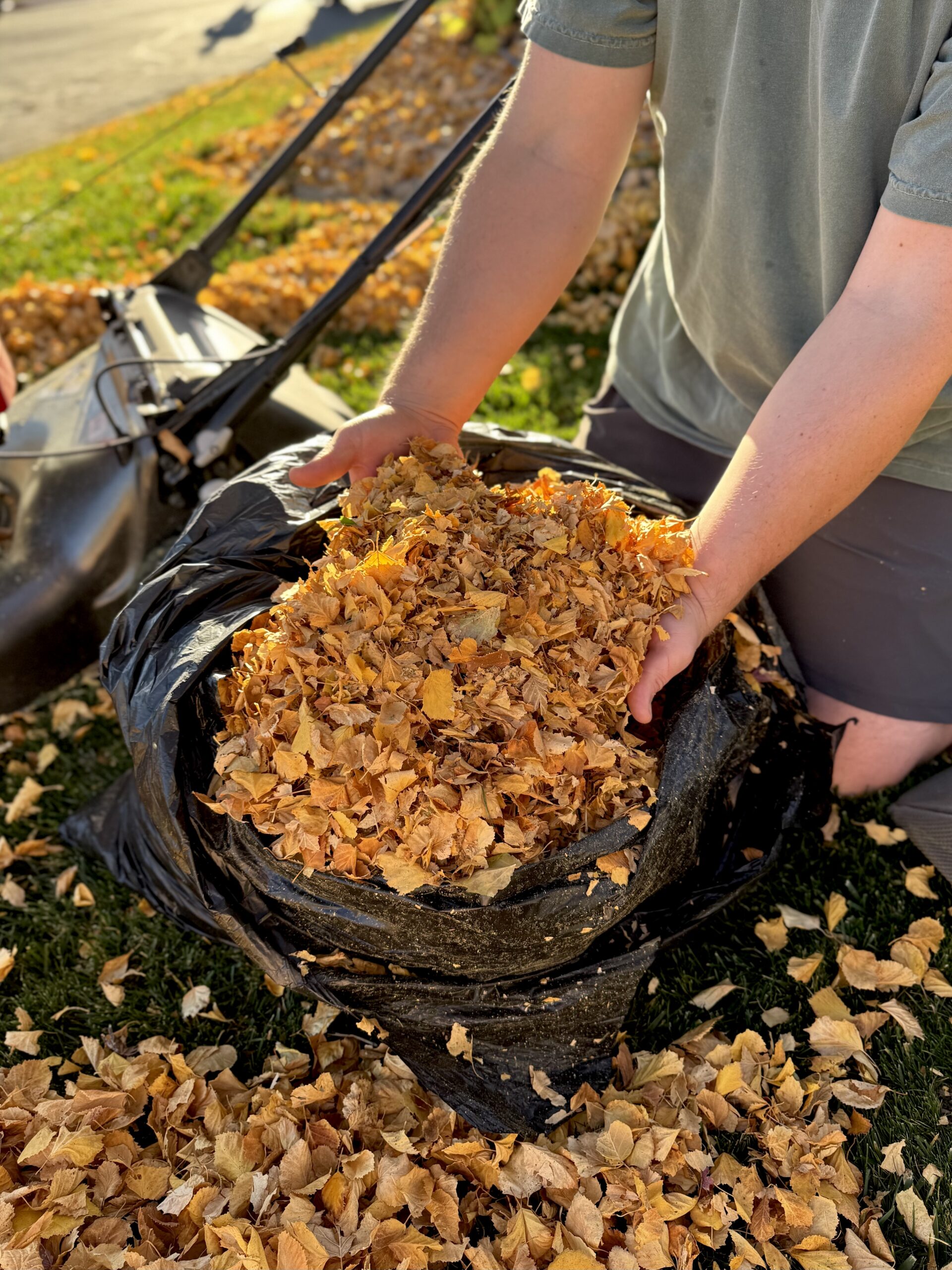
I’ve planted early several times and paid the consequences. Never knew about the planting schedule on almanac.com!!!
I want to plant indoors someday! I will need to find some grow lights though